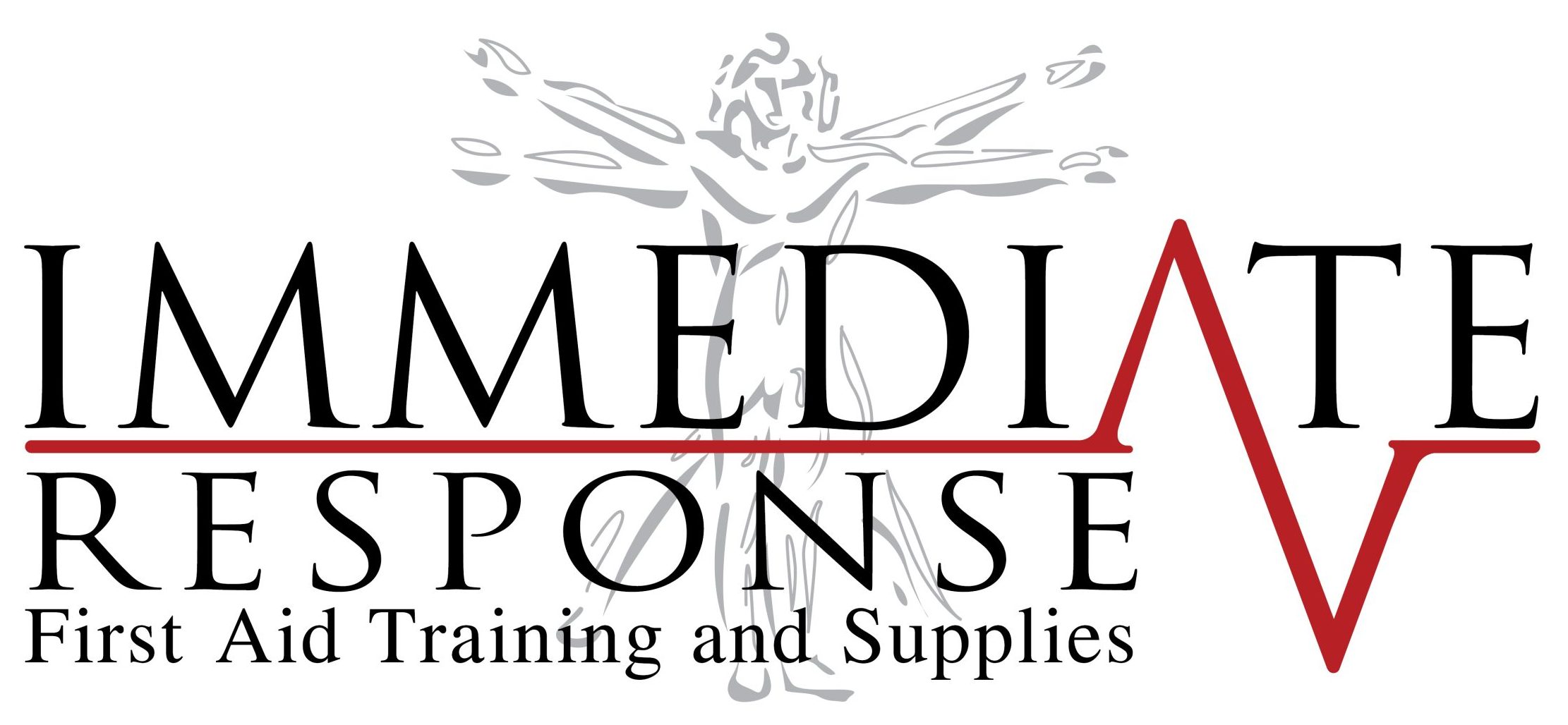Neck and Spinal Injuries
The spinal cord serves as the major highway for the passage of sensory impulses to the brain and motor impulses from the brain. In addition, the spinal cord integrates information on its own and controls spinal reflexes, automatic motor responses ranging from breathing, withdrawal from pain to complex reflex patterns involved with sitting, standing, walking and running. The spinal cord is approximately 45 cm long. It has a central canal that is filled with cerebrospinal fluid.
The entire spinal column consists of 33 segments, a series of interconnected bones, called vertebrae, which enclose the spinal cord. Between each vertebra are discs of cartilage that act as shock absorbers and allow the spinal column a degree of flexibility.
Injuries affecting the spinal cord produce symptoms of sensory loss or motor paralysis that reflects the specific spinal nerves involved. A general paralysis can result from severe damage to the spinal cord in a motor vehicle or other accident, and the damaged nerves seldom undergo even partial repairs.
Suspected spinal injuries of the neck, particularly if the casualty is unconscious, pose a major dilemma for the first aider because correct principles of airway management often cause some movement of the cervical spine. An injury will affect all levels of the body below the injury site and potentially cause death if the nerves to the heart and lungs are involved. Even if the casualty is not affected to this degree, a spinal injury may cause chronic back pain and restrict spinal flexibility.
Extreme caution must be taken when moving a suspected spinal injury casualty to minimise the risk of any further damage.
 A motor vehicle, motorcycle or bicycle accident as an occupant, rider or pedestrian.
A motor vehicle, motorcycle or bicycle accident as an occupant, rider or pedestrian.
 Any accident resulting in the casualty being unconscious.
Any accident resulting in the casualty being unconscious.
 A dive or jump into shallow water or water with obstacles, or being dumped in the surf.
A dive or jump into shallow water or water with obstacles, or being dumped in the surf.
 A fall from greater than a standing height e.g. ladder, roof.
A fall from greater than a standing height e.g. ladder, roof.
 A sporting accident.
A sporting accident.
 Any fall in the elderly.
Any fall in the elderly.
The Conscious Casualty

 History of the trauma, especially high speed accidents or contact sports.
History of the trauma, especially high speed accidents or contact sports.
 Pulse may be fast or slow and is not generally a helpful indication of the presence or severity of a spinal injury.
Pulse may be fast or slow and is not generally a helpful indication of the presence or severity of a spinal injury.
 Unnatural posture.
Unnatural posture.
 May have pale, cool, clammy skin.
May have pale, cool, clammy skin.
 Pins and needles, numbness, weakness or inability to move limbs.
Pins and needles, numbness, weakness or inability to move limbs.
 Absence of pain in limbs despite other injuries to these areas.
Absence of pain in limbs despite other injuries to these areas.
 Onset of shock.
Onset of shock.
 Uncontrolled penile erection occasionally occurs.
Uncontrolled penile erection occasionally occurs.

 If the airway is not open, use jaw thrust or manual opening of the jaw rather than head tilt that extends the neck.
If the airway is not open, use jaw thrust or manual opening of the jaw rather than head tilt that extends the neck.
 If the casualty is wearing a helmet that is restricting the ability to manage the airway – carefully remove the helmet while ensuring minimum movement of the neck. This is only necessary if the casualty is unconscious and not breathing normally.
If the casualty is wearing a helmet that is restricting the ability to manage the airway – carefully remove the helmet while ensuring minimum movement of the neck. This is only necessary if the casualty is unconscious and not breathing normally.
 Call 000 for an ambulance immediately.
Call 000 for an ambulance immediately.
 Take extreme care in the initial examination.
Take extreme care in the initial examination.
 Always maintain the casualty’s head in line with the shoulders and spine using manual support. Ensure the head is supported, not pulled or pushed in any direction.
Always maintain the casualty’s head in line with the shoulders and spine using manual support. Ensure the head is supported, not pulled or pushed in any direction.
 If trained to, apply cervical collar.
If trained to, apply cervical collar.
 Position casualty on spinal stretcher and use head immobilisation device is trained to do so and equipment is available.
Position casualty on spinal stretcher and use head immobilisation device is trained to do so and equipment is available.
 Treat for shock, but do not raise the legs.
Treat for shock, but do not raise the legs.
 Treat any other injuries.
Treat any other injuries.
 Maintain body heat; cover the casualty with a blanket.
Maintain body heat; cover the casualty with a blanket.
 If movement is required, ‘log roll’ using two to three assistants.
If movement is required, ‘log roll’ using two to three assistants.

The Unconscious Casualty
Wherever possible the unconscious casualty who is breathing normally must be:
 Handled gently with no twisting and minimal movement of the head, neck and torso.
Handled gently with no twisting and minimal movement of the head, neck and torso.
 Turned onto their side to ensure an adequate airway.
Turned onto their side to ensure an adequate airway.
 Turned with spinal alignment maintained throughout using a team to help to “log roll”.
Turned with spinal alignment maintained throughout using a team to help to “log roll”.
Special Devices
There is a range of cervical collars which vary from simple cardboard to foam and rigid plastic. These devices should only be used by personnel trained in their use. First aiders not trained in the application of collars and other immobilisation devices should restrict spinal motion by manual stabilisation and refrain from using spinal immobilisation devices.

